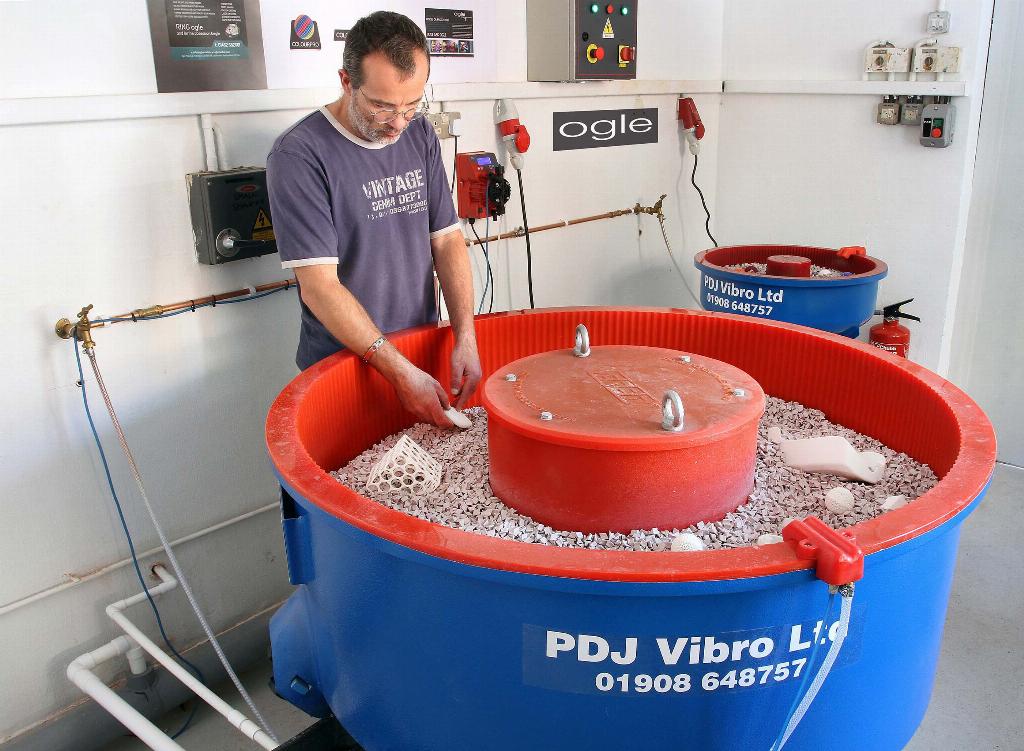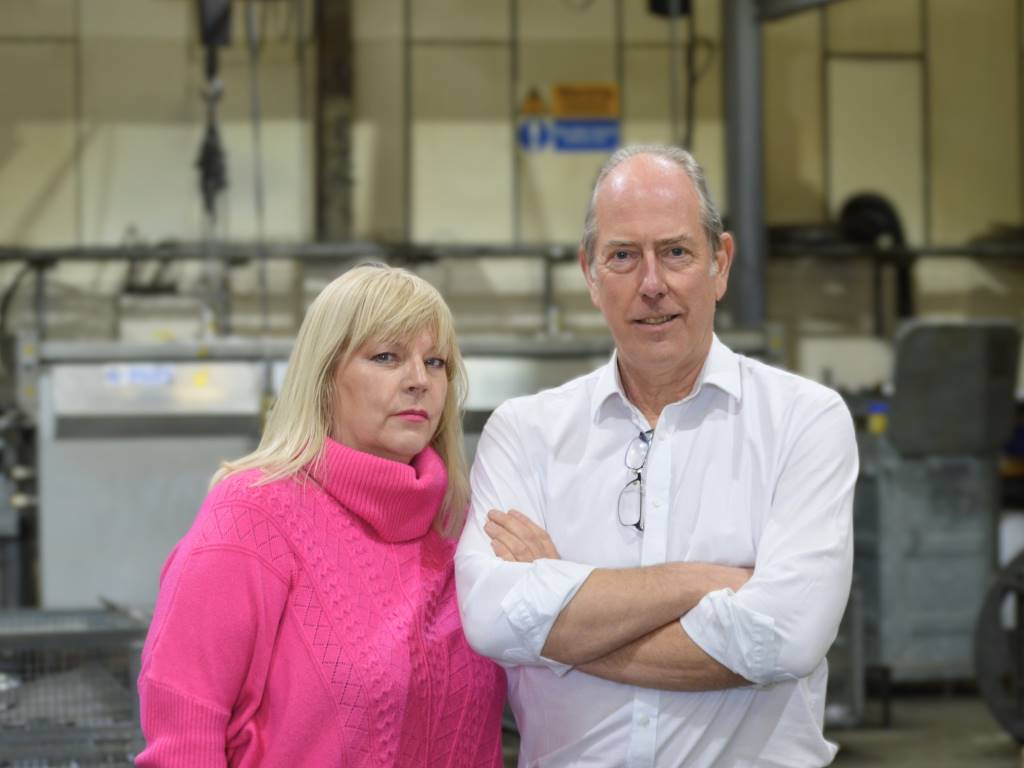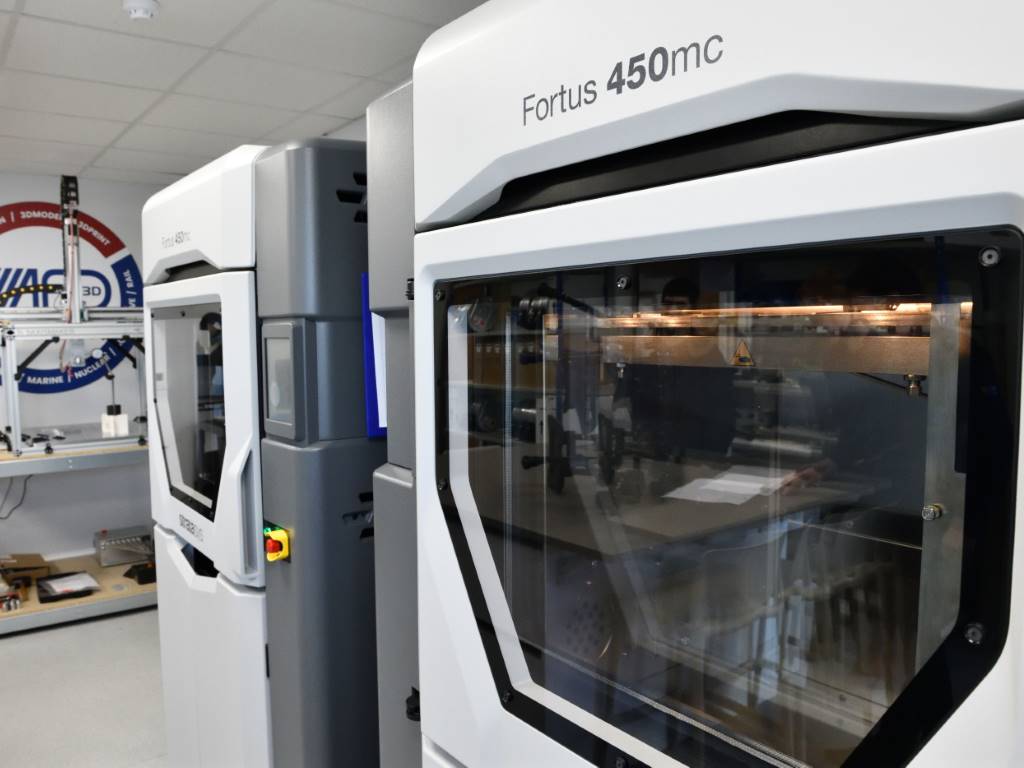More than meets the eye

While the humble rumbler is often consigned to a dark corner in a factory and is one of the least likely machines to be replaced until it collapses, there is much more to vibratory finishing than meets the eye, as PDJ Vibro will explain to visitors attending MACH this year.
The company will use the event to explain the many different aspects a manufacturer should take into account if it is considering automating the finishing function. A customer might be investing for health and safety reasons or to improve consistency of finish. Alternatively, if it already uses a vibratory bowl or trough, the firm may have started manufacturing different types of component and needs alternative vibro finishing equipment to process them.
PDJ Vibro has accumulated an extensive database of vibratory and centrifugal finishing solutions that it is able to share with existing and prospective customers. It covers everything from deburring, edge breaking, radiusing, superfinishing, degreasing, rinsing and drying to pre-treatment for anodising, chemical blacking or painting.
Deburring and edge breaking of solid metal components that have been turned or prismatically machined is by far the most common type of application for vibro finishing machines. Few problems arise, provided that the correct machine capacity is selected to suit the sizes of component to be processed and appropriate abrasive media and additives are used.
Finishing of sheet metal components is more complicated, however, and here PDJ Vibro can call on practical advice from numerous customers that can help other manufacturers thinking of going down the vibratory finishing route.
In sheet metal processing companies that use laser profilers rather than waterjet or punch presses to cut out the parts, a heat affected zone (HAZ) can occur around component edges. When automatically finishing these parts in a vibratory bowl or trough, the rumbling action has the added effect of stress relieving the case hardening around the component edges.
A new application for Vibro machines is in the area of 3D printed parts. If a firm specialising in metalcutting decides to add the flexibility of an additive manufacturing (AM) machine to produce complex metal or plastic components. PDJ Vibro can explain the multiple considerations when finishing such components and where the dangers lie by calling on the experience of its customers.
However PDJ Vibro’s problem solving goes further than advice on the optimal choice of vibratory finishing and polishing equipment. At its technical centre and demonstration facility in Bletchley, visitors can see 120 new and used machines for ex-stock delivery, with part-exchange offered in most cases. Over 6,000 varieties of consumable including ceramic and porcelain media, superfinishing compounds, liquid detergents and chemicals are available, 70 tonnes of which are held in stock.
Nine out of 10 people bring in sample components to be finished on a free trial basis so they can see the process in action and the resulting effectiveness. This offer will naturally be open to visitors to the company’s stand at MACH. Many parameters are taken into account, including the number of parts to be finished per batch, frequency of production, drainage and noise issues, the size of components and how vulnerable they are to impingement damage.

Another strand of PDJ Vibro’s service designed to make life easier for customers is the 24/7 subcontract vibratory finishing and polishing service in a unit adjacent to the company’s showroom. It is ideal if there is a temporary bottleneck in finishing capacity at a manufacturer, or if the firm decides that it does want to undertake onsite finishing. Component batch turnaround at the Bletchley centre is typically within 24 hours.
Upgrades to existing vibratory equipment in the field can also get customers out of trouble if applications change. Perhaps automatic component separation is needed to boost productivity, or an acoustic cover needs to be retrofitted to meet health and safety requirements, or an increase in throughput means that a machine becomes too small and needs to be swapped for a larger model. All of these scenarios are factored into the service offered by the company.
To complement its high end vibratory finishing and polishing bowls, a range of three competitively priced models with process chamber capacities of 300, 150 and 75 litres were unveiled by PDJ at MACH 2014. They will feature prominently at this year’s show, as these economy models have taken a large slice of the market for low volume, intermittent finishing applications and as an alternative to buying a pre-owned vibratory bowl. They therefore now form an important part of the company’s product portfolio.
PDJ VIBRO
www.pdjvibro.co.uk
Hall 5, Stand 5601














